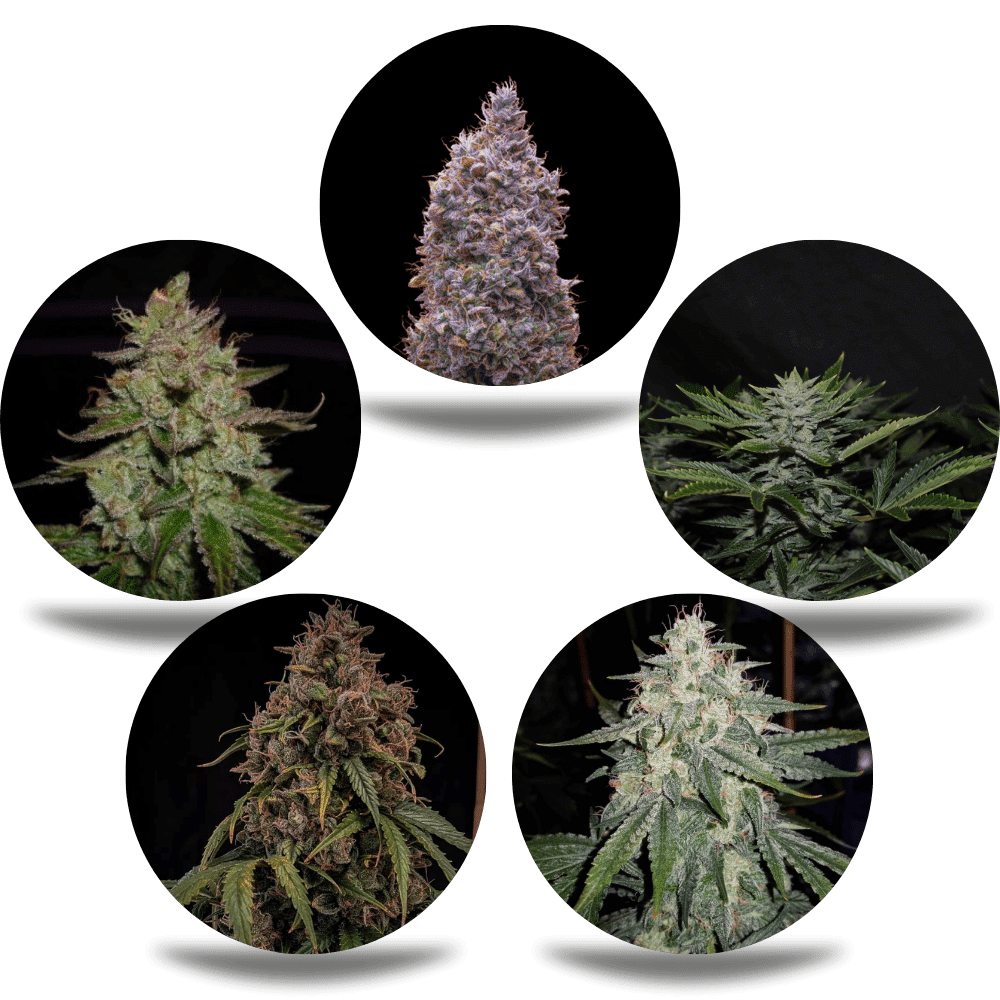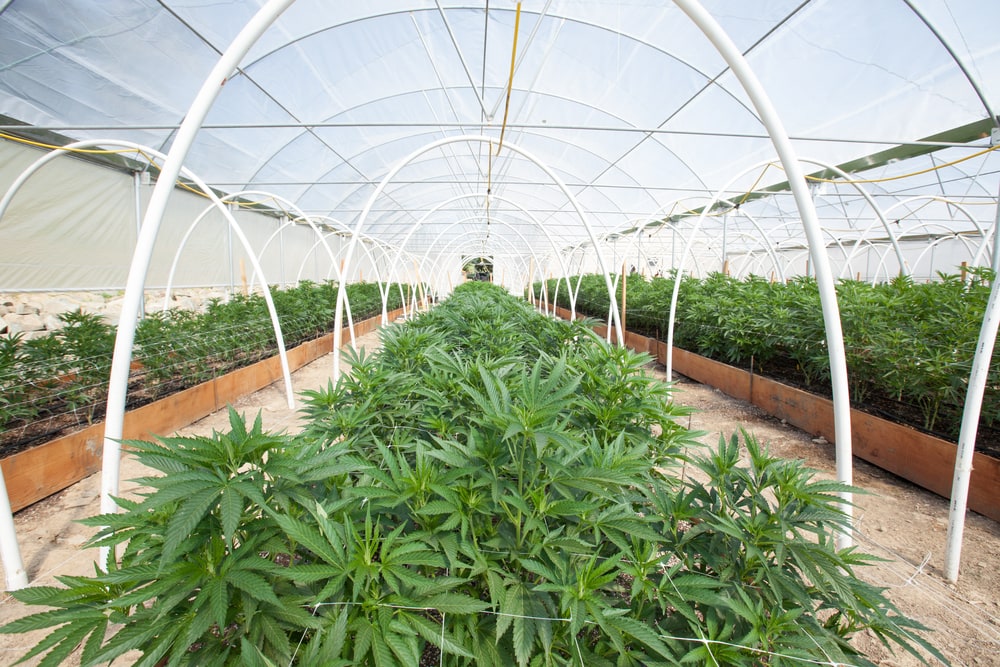We are a Manhattan dispensary that offers top-quality cannabis products and accessories. Our selection includes strains, edibles, concentrates, and more. We offer excellent customer service and competitive prices.

The first dispensary to offer only top-notch cannabis at an affordable price. Grown in the heart of the Hamptons, our products are cultivated to the highest standards.
100% Organic, No Pestcides
Rare Garden is the preeminent East Village, NY marijuana dispensary. Since 2010, we’ve been cultivating a variety of organic, top-shelf, super-dank Sativa and Indica strains with super-cool names, like Orange Diesel, Pink Panama, and our personal favorite, Habbabubbasmelloscope (though honestly, and not to toot our own horn, every strain we offer is pretty incredible).

Whether you’re looking for an all-natural and highly effective medicine to soothe aches and pains or alleviate stress and anxiety, or you just want to kick back, relax, and enjoy a mellow, happy, and euphoric buzz, check out the most highly recommended cannabis dispensary in New York County: Rare Garden. When you shop with us, you can rest assured that you’ll find the finest selection of cream-of-the-crop varieties of medicinal and recreational marijuana available.
How to Prepare for Your Maiden Visit to a East Village, NY Cannabis Dispensary
Whether it’s for medicinal or recreational purposes, your first trip to a East Village, NY marijuana dispensary to purchase cannabis legally is quite a surreal experience. Shifting from making purchases in dark alleys or in undisclosed locations to avoid getting into trouble with the law to shopping openly in a retail establishment in the middle of broad daylight can seem a bit strange to say the least, and in fact, it can even be a bit overwhelming; in fact, it can be likened to shopping for forbidden fruit.
If you’re planning on visiting a cannabis dispensary in New York County for the first time and you find that you’re feeling a little anxious, knowing what to expect can help to calm any nerves that you might be experiencing. With that said, the following is an overview of what you can expect on your maiden visit to a East Village, NY marijuana dispensary.
Be Prepared to Show ID
Whether you recently turned 21 and you’re shopping for ganja to use recreationally or you’re of a mature age and you want to try using the medicinal qualities of cannabis to treat your arthritis-induced aches and pains, make sure you bring a valid, state-issued ID on your trip to a East Village, NY marijuana dispensary.
A reputable New York County cannabis dispensary will ask to see your ID before they’ll grant access to their shop. If you don’t provide one, there’s a good chance that you won’t get any further than the front door.
Bring Plenty of Cash
Good ganja comes at a price, especially primo strains sold at top-quality East Village, NY marijuana dispensaries. While more and more places are offering cash-free purchase options, the majority of cannabis dispensaries are cash-only. The last thing you want to do is spend time browsing through the different varieties and make a final decision after a lot of deliberation, only to end up walking out empty-handed because you didn’t have any cash to buy it.
Don’t Hesitate to Ask Questions
Even if you have a pretty good idea about what you want beforehand, it’s still a good idea to ask questions. The budtenders at a quality New York County cannabis dispensary will be more than happy to answer any questions that you may have, so don’t be afraid to ask.
Inquire about different strains and growing practices, and ask for recommendations that will help you achieve the effects you desire. Whether you want something to quell your anxiety, you’re looking for something that will inspire your creative mind, or you just want to relax and chill, be sure to ask! The old adage, “There are no stupid questions” definitely applies.
For Cannabis That’ Beyond Compare, Visit Rare Garden
Looking for a great East Village, NY marijuana dispensary that offers top-shelf products? Check out Rare Garden! For more info, give us a ring at 212-624-2782.
The East Village is a neighborhood on the East Side of Lower Manhattan in New York City. It is roughly defined as the area east of the Bowery and Third Avenue, between 14th Street on the north and Houston Street on the south. The East Village contains three subsections: Alphabet City, in reference to the single-letter-named avenues that are located to the east of First Avenue; Little Ukraine, near Second Avenue and 6th and 7th Streets; and the Bowery, located around the street of the same name.
The area that is today known as the East Village was originally occupied by the Lenape Native Americans. The Lenape relocated during different seasons, moving toward the shore to fish during the summers, and moving inland to hunt and grow crops during the fall and winter. Manhattan was purchased in 1626 by Peter Minuit of the Dutch West India Company, who served as director-general of New Netherland.
The population of the Dutch colony of New Amsterdam was located primarily below the current Fulton Street, while north of it were a number of small plantations and large farms that were then called bouwerij (anglicized to ‘boweries’; modern Dutch: boerderij). Around these farms were a number of enclaves of free or ‘half-free’ Africans, which served as a buffer between the Dutch and the Native Americans. One of the largest of these was located along the modern Bowery between Prince Street and Astor Place, as well as the ‘only separate enclave’ of this type within Manhattan. These black farmers were some of the earliest settlers of the area.
There were several ‘boweries’ within what is now the East Village. Bowery no. 2 passed through several inhabitants, before the eastern half of the land was subdivided and given to Harmen Smeeman in 1647. Peter Stuyvesant, the director-general of New Netherland, owned adjacent bowery no. 1 and bought bowery no. 2 in 1656 for his farm. Stuyvesant’s manor, also called Bowery, was near what is now 10th Street between Second and Third Avenues. Though the manor burned down in the 1770s, his family held on to the land for over seven generations, until a descendant began selling off parcels of the property in the early 19th century.
Learn more about East Village.
Here are some therapy-related resources you may find useful: